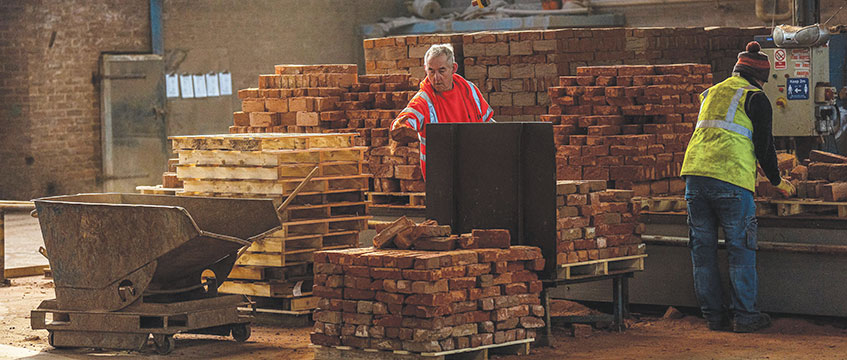Open storage sites have benefited from a boost in demand and growing rents, amid increasing interest from private and institutional investors.
Findings from Carter Jonas, shared exclusively with EG, show there were more than 400 enquiries for open storage locations during 2022, compared with 248 in the previous year and below 100 in 2019.
Researchers noted a “particularly strong” start to 2023, with nearly 200 enquiries recorded in Q1. During the quarter, enquiries totalled a record 895 acres, compared with 765 in Q4 last year.
Carter Jonas estimated that the amount of capital seeking to invest in the sector, including debt and equity, has risen to more than £6bn, compared with around £2bn last year. Yields stand at around 7-7.5% for prime sites.
Rental growth
Rents in the open storage sector have risen by 19% in the London and inner South East markets over the year to Q1 2023, according to the data, and by 58% in the rest of the UK.
Rental values have been led by London and the inner South East, with prime rents ranging from £10 per sq ft in Croydon and Park Royal, to £5 per sq ft in Barking & Dagenham and Slough, and £4.75 per sq ft in Dartford.
Prime rents in the regional markets in the rest of the UK sat within a lower range, from £2 per sq ft in Swindon to £3.75 per sq ft in Birmingham and Manchester. Nonetheless, researchers pointed to “significant growth” during the period.
In terms of volume, Carter Jonas predicts that demand will exceed 4,300 acres this year. Last year, demand surpassed 2,000 acres.
The average size of sites required has fallen by a modest amount, with sizes declining to 4.5 acres in Q1 2023. The average size decreased to 4.9 acres in 2022, down from a peak of 5.2 acres in 2021.
Going ultra-urban
Small “ultra-urban” sites, measuring under 1.5 acres, enjoyed the highest number of enquiries.
Carter Jonas said requirements for EV charging accounted for the largest volume, and growth, of enquiries.
The research also noted that open storage occupiers are diversifying, citing increasing demand from niche users such as film companies. However, the traditional occupier base, which includes building contractors and uses such as pallet storage, remains dominant.
Many of those seeking open storage space would consider either leasing or purchasing a site, accounting for nearly 43% of enquiries. Around 32% of enquiries are looking only to rent, while a quarter are looking only to purchase.
Looking ahead, Carter Jonas predicted that the number of high-quality Class 1 sites will increase on the back of an ongoing imbalance between demand and supply.
Additionally, while debt remains expensive and construction costs stay high, more investors are expected to upgrade sites for longer-term open storage use rather than developing alternative uses on a site.
To send feedback, e-mail pui-guan.man@eg.co.uk or tweet @PuiGuanM or @EGPropertyNews
See also: Moorfield and Peloton buy open-storage portfolio











